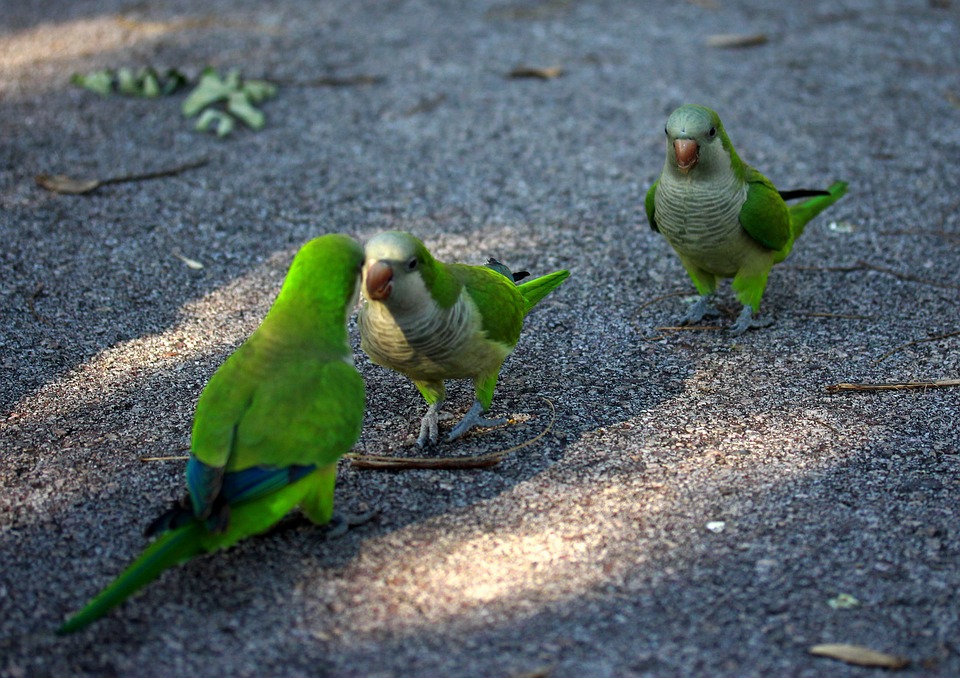Title: Understanding and Discouraging Feather Plucking and Self-Mutilation Behavior in Parrots
Harnessing the Power of SEO in Parrot Behavior Articles
Introduction:
Feather plucking and self-mutilation behavior in parrots can be a distressing issue that requires attention and intervention. Recognizing the importance of addressing this problem, this article aims to provide a comprehensive understanding of feather plucking and self-mutilation behavior in parrots, as well as practical strategies for discouraging these behaviors. By utilizing the power of SEO, this article aims to reach a wider audience of parrot owners in need of guidance.
Understanding Feather Plucking and Self-Mutilation Behavior:
Feather plucking and self-mutilation behavior refer to the act of parrots excessively pecking or plucking their own feathers, leading to injury and potential infection. These behaviors can be caused by various factors, including physical discomfort, psychological distress, environmental stressors, and underlying medical conditions. Recognizing the signs and symptoms, such as bald patches, bleeding, and wounds, is crucial for timely intervention.
Addressing Feather Plucking and Self-Mutilation Behavior:
Creating a stimulating and enriching environment is key to discouraging feather plucking and self-mutilation behavior in parrots. This includes providing an appropriate cage setup with ample space, offering engaging toys and activities to keep them mentally stimulated, and promoting social interaction and companionship.
Furthermore, ensuring a balanced diet and proper nutrition is essential. Parrots have specific dietary requirements, and identifying and meeting these needs can help alleviate stress and reduce the likelihood of feather plucking. Incorporating foraging opportunities and food puzzles can also provide mental stimulation and prevent boredom.
Establishing a consistent routine and using positive reinforcement techniques can help parrots feel more secure and reduce anxiety. Consulting with avian veterinarians and behaviorists is highly recommended, as they can provide professional guidance and develop tailored intervention plans. Behavior modification techniques and training methods, such as clicker training, can also be effective in redirecting the bird’s attention away from feather plucking.
In severe cases, pharmacological intervention may be considered as a last resort. However, this should only be done under the supervision of a qualified avian veterinarian, as improper use of medications can have adverse effects on the bird’s health.
Frequently Asked Questions (FAQs):
Q1: Can feather plucking and self-mutilation behavior be cured completely?
A1: While complete resolution is not always guaranteed, with proper intervention and management, significant improvement can be achieved in most cases.
Q2: How long does it take for behavior modification techniques to show results?
A2: The timeframe varies depending on the individual bird and the underlying causes, but it generally takes time, patience, and consistent effort. Results may be observed within weeks or may take several months.
Q3: Are there any specific breeds or species of parrots more prone to feather plucking?
A3: Feather plucking and self-mutilation behavior can occur in any parrot species, although certain species, such as African Greys and Cockatoos, may be more predisposed to these behaviors due to their sensitive nature.
Q4: Can I use over-the-counter medications to alleviate feather plucking?
A4: It is crucial to consult with an avian veterinarian before administering any medications to your parrot. Over-the-counter options may not be suitable or safe for birds, and inappropriate use can lead to further health complications.
Q5: Can stress and anxiety trigger feather plucking behavior?
A5: Yes, stress and anxiety are known triggers for feather plucking and self-mutilation in parrots. Identifying and addressing the underlying causes of stress is crucial in managing and preventing these behaviors.
Conclusion:
Early recognition and intervention are crucial in addressing feather plucking and self-mutilation behavior in parrots. By harnessing the power of SEO, this article aims to reach and assist a wider audience of parrot owners seeking guidance on this topic. It is essential to seek professional help for a comprehensive approach, as each bird’s situation may require a tailored intervention plan. Ultimately, providing a nurturing environment and addressing the underlying causes of stress and anxiety are key to promoting the well-being of our feathered friends.









